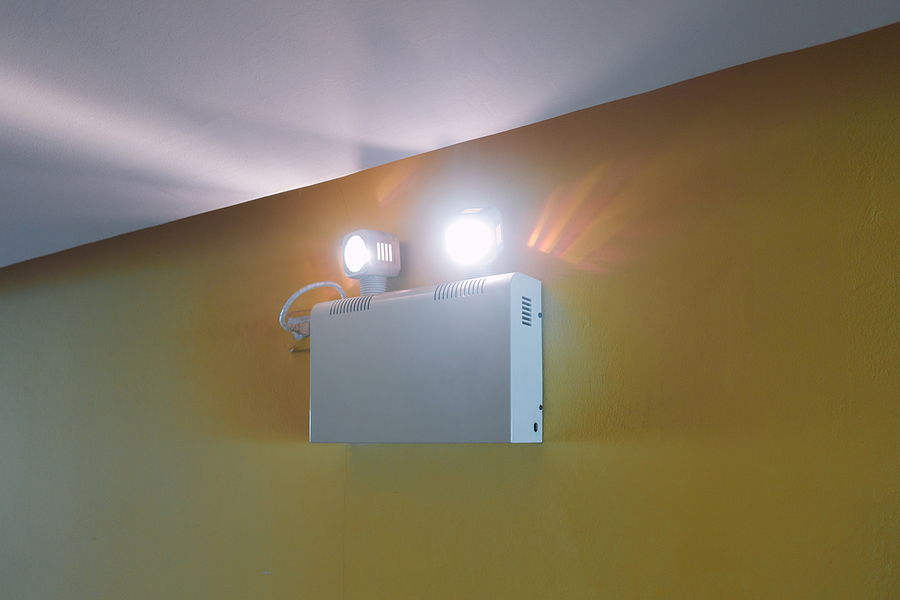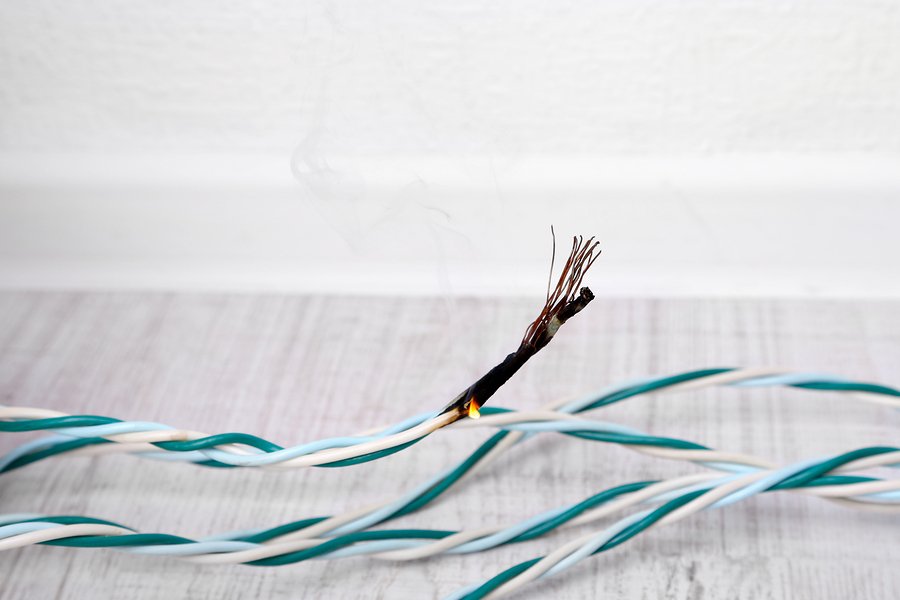Power outages can occur unexpectedly, leaving us without electricity and disrupting our daily routines. While it can be frustrating and inconvenient, it’s important to stay calm and prepared during such situations. Knowing what to do during a power outage can help ensure your safety and comfort. In this article, we will explore seven essential things you should do when the power goes out, helping you navigate through these challenging moments with ease.
- Check for Safety:
As soon as the power goes out, take a moment to assess your surroundings for any immediate safety concerns. Check for any potential hazards such as fallen power lines or gas leaks. If you notice any dangerous situations, contact the appropriate authorities and evacuate if necessary.
- Preserve Food and Medications:
If you rely on refrigerated or frozen food or have medications that require temperature control, minimize heat loss by keeping the refrigerator and freezer doors closed. A well-stocked freezer can typically keep food frozen for up to 48 hours, while a closed refrigerator can maintain a safe temperature for about four hours. Use perishable food items first and consider using coolers or ice to temporarily store essential items.
- Use Alternative Lighting:
Keep a stash of flashlights, battery-operated lanterns, and extra batteries readily available for power outages. Avoid using candles as they pose fire hazards. Place the alternative lighting sources in strategic locations to provide illumination during the outage. Use them responsibly and conserve battery life by using them only when necessary.
- Unplug Electronics and Appliances:
To protect your devices from potential power surges when the power is restored, unplug all non-essential electronics and appliances. This precautionary measure prevents damage that could occur from power fluctuations. It’s also a good opportunity to save energy and reduce standby power consumption.
- Stay Informed:
Tune in to a battery-powered radio or use a smartphone with a charged battery to stay updated on the latest news and information about the outage. Local authorities and utility companies often provide updates on restoration efforts, estimated timelines, and safety precautions. Knowing what’s happening can help you plan accordingly and stay informed about any potential risks or instructions.
- Conserve Energy:
During a power outage, it’s crucial to conserve energy to extend the life of any backup power sources you may have. Use essential devices and lighting only when necessary. Turn off lights, unplug chargers, and avoid using high-energy-consuming appliances until the power is restored. Being mindful of your energy usage not only helps conserve resources but also allows backup power supplies to last longer.
- Reach Out for Assistance:
If the power outage persists for an extended period or if you require immediate assistance, don’t hesitate to reach out for help. Contact your local utility company to report the outage and inquire about restoration progress. If you have medical conditions that require electricity, such as the use of medical devices, contact your healthcare provider or emergency services for guidance and support.
Conclusion:
Experiencing a power outage can be challenging, but with proper preparation and knowing what to do, you can navigate through it smoothly. By following these seven essential steps during a power outage, you can ensure your safety, conserve resources, and minimize inconvenience. Remember to stay calm, be proactive, and reach out for assistance when needed. With the right approach, you can handle power outages with confidence and resilience, making the most of the situation until the power is restored.





